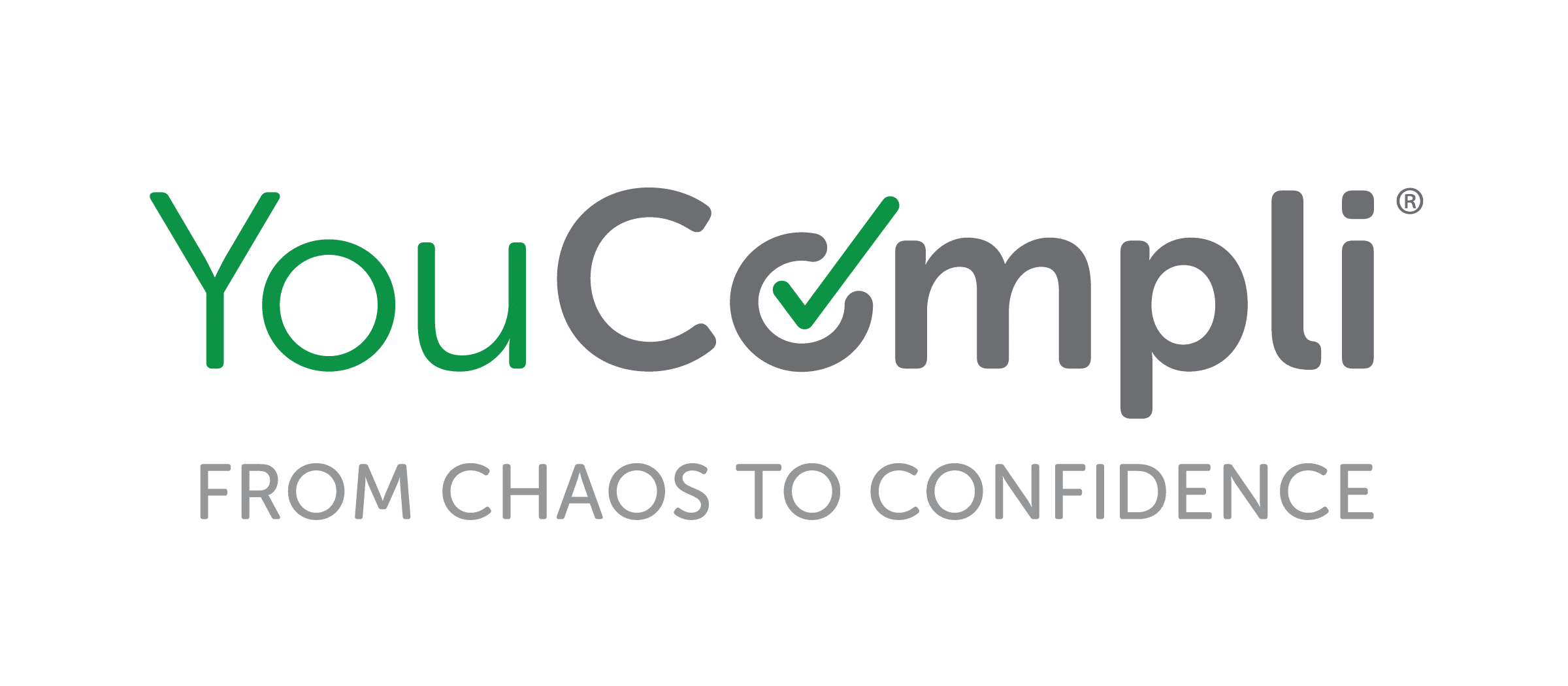“During that first interview of mine, the interviewer told me, “I need someone who can build relationships, is strategic and innovative, and can influence up, down, and across the organization.”
Continue readingTips for Handling Tough Feedback
“Handling tough feedback is never easy, and quickly challenges your ability to remain professional. With the right mindset and approach though, it can be a powerful asset for your growth and development.”
Continue readingTips for Overcoming Four Common Blind Spots for Effective Communication
“Falling victim to communications blind spots can damage your relationships with healthcare leaders and contradict your efforts to build a strong compliance culture.”
Continue readingReversing Conventional Thinking About Compliance
Explore how compliance professionals can prove their true value in organizations, dispel misconceptions, and effectively mitigate risks. Real-world examples illustrate the tangible impact of robust compliance departments.
Continue readingHow to Make a Compliance Culture Contagious
“In the business of healthcare, promoting a culture of compliance is not merely a goal – it’s a necessity. There has to be a commitment throughout all levels of an organization to do the right thing and do things right. The organization needs to have a compliance culture that is contagious.”
Continue readingThree Ways to Take a Service-Minded Approach to Compliance
“We’re continually being asked for advice to help our healthcare leaders. Essentially, we are acting as a customer service representative. For that reason, if you want to improve the culture of compliance and get those leaders’ buy-in, then make sure you’re delivering great service when consulting to them.”
Continue readingHow to Sell Compliance without “Selling” Compliance
If we want to improve our organizations’ compliance culture, then we need to interact with our healthcare leaders in a way that sells compliance without “selling” compliance.
Continue readingHow Social Determinants of Health Influence Compliance Culture
“By being aware of how your leaders think, you will uncover social determinants of compliance and understand their potential impact on the organization. You can then respond and assist accordingly, or remove barriers to successful compliance deliverables.”
Continue readingIntegrating Compliance into Human Resources Processes
“The secret to my success in reinforcing the value of Compliance’s work comes from partnering with HR. Developing standard interview questions, building leadership competencies, and sticking your neck out to establish strong relationships across the organization are crucial to demonstrating how Compliance delivers value.” – Lisa Herota
Continue reading








